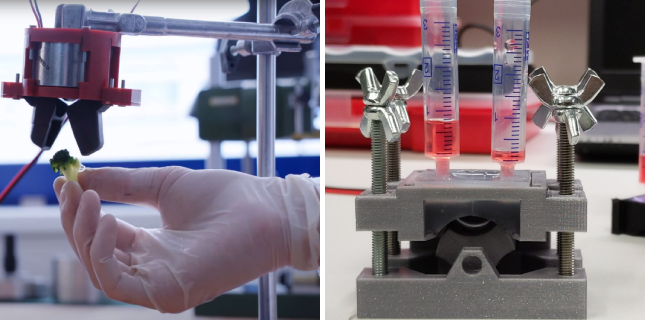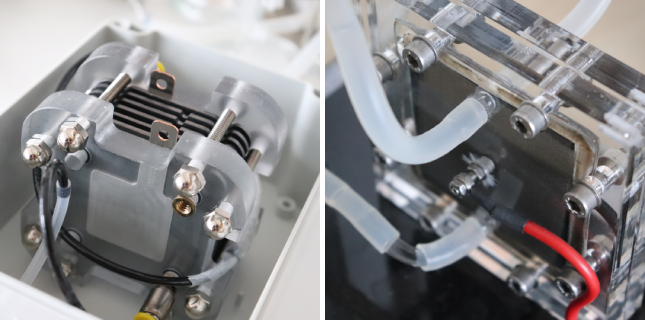Research projects
Research and development projects at the FEE are carried out under the auspices of the RICE R&D Centre. The Departments provide the link between our research and educational activities and use the latest knowledge in their courses.
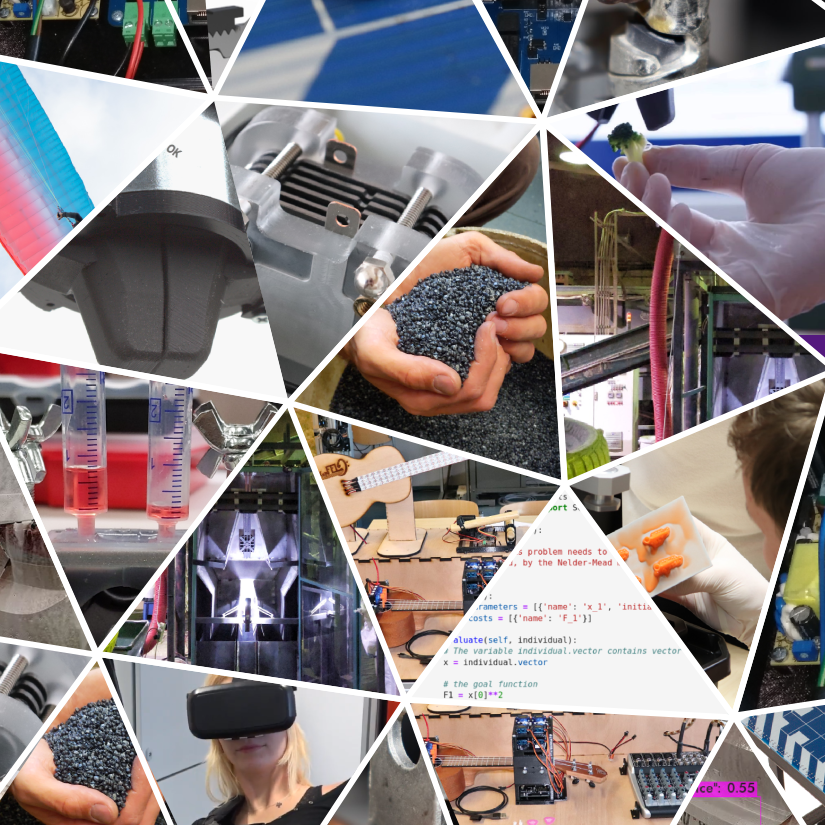
Basketball Simulator
The aim of the project is to develop a new basketball simulator control unit that can identify the current player and visualize the game data in a web interface. Player identification is made using a QR code that is unique for each player and can be easily displayed, for example, by phone. Coaches will have an overview of the results of their team's players and will be able to prepare training programs more efficiently.
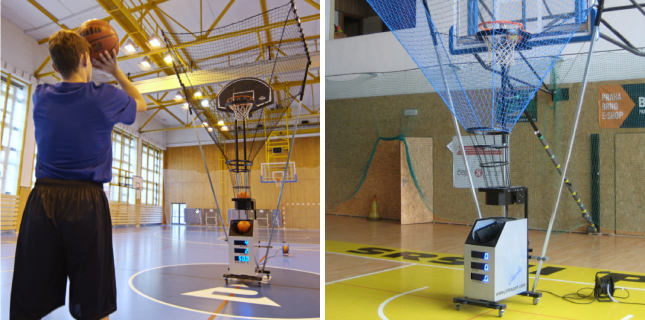
Electromagnetic Valves
Electromagnetic valves are used to control the flow of liquids and gases. They are commonly found in both households and industry. Our goal is to invent new valve designs that improve their performance. Electronic control units are also an integral part of the design, allowing the valve to have its own intelligence and other advanced features. We deal with valves for high pressures, cryogenic temperatures, and pressure control but also with valves for smart homes.
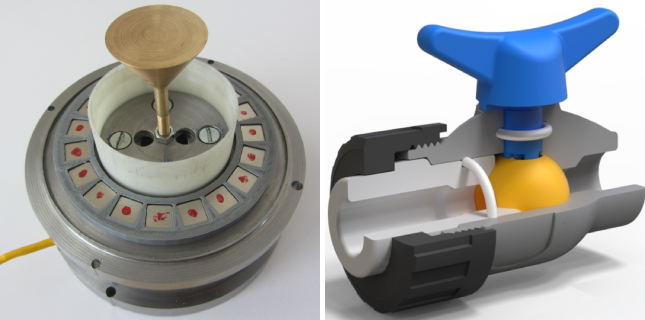
KapFELa
KapFELa is a robotic band playing acoustic and electric musical instruments. The individual instruments are controlled by ESP32 modules, and the whole band is then led by a Raspberry-pi microcomputer. The instruments currently present in the band are the ukulele, its visual twin, and claves. In the future, the band will also include a cajon and an electric bass guitar.
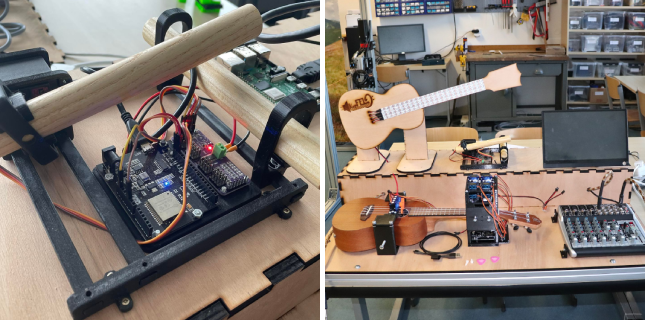
Magnetic Field Scanning
The magnetic field is not visible to the human eye, so we need special equipment to measure and display it. The aim is not only to record changes in the magnetic field over time, but also to measure them in detail with the highest possible resolution. This magnetic camera can be used to verify the magnetization of magnetorheological elastomers and mini-robots, to find the source of EMC problems on PCBs, etc. The project was developed as a master thesis.
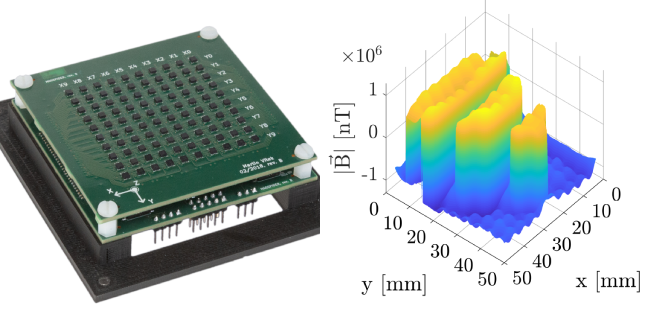
Mini-robots
Using a system of coils and small permanent magnets, we build small robots that are just a few millimetres in size, but their carrying capacity surpasses that of many animals. They can carry more than 4000 % of their own weight. This allows us to create more complex robotic systems that can do great things - carry Petri dishes or electronics, measure various quantities, or connect to form complicated electrical circuits.
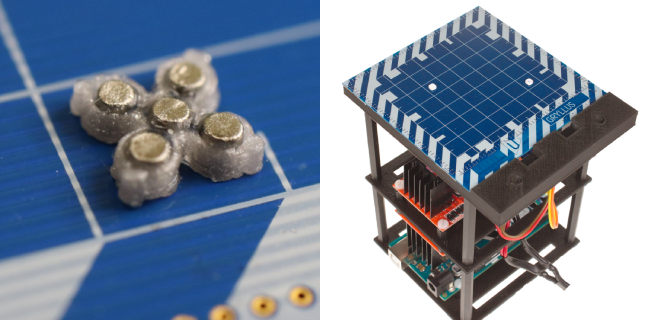
Recognition of Registration Plates
In this project, we are developing a system for vehicle license plate recognition using a neural network. The hardware components are built with a focus on reliability and weather resistance. Students are investigating the appropriate training of the recognition algorithm, testing different system configurations, and selecting and testing a suitable hardware platform. The system also needs to be optimized in terms of size and performance.
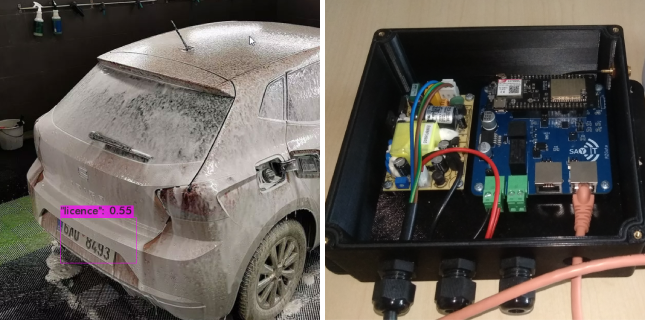
Electrostatic Separation
Excessive production of plastic waste is one of the critical global issues of our time. Due to the variety of plastic materials and their contamination, it is difficult to reuse them. One solution is an electrostatic separator, which can sort different types of plastics based on the difference in their electrical charge. After the construction of the first prototype (2012), cooperation was established with the company Puruplast a.s., where an industrial separator is now built.
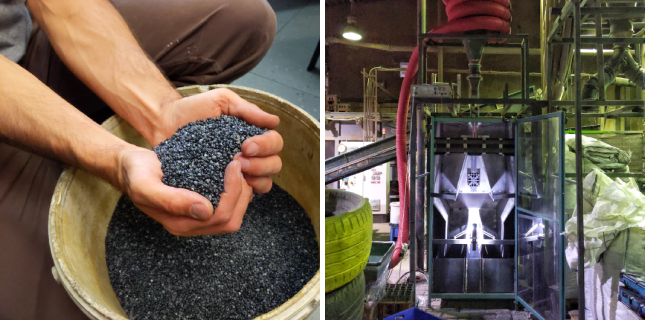
Paraglider Simulator - FlyOnVision
The aim of the FlyOnVision project is to develop an advanced paraglider flight simulator with support of virtual reality. It will significantly increase safety and reduce the risk of injury for paraglider pilots of all categories. The project fundamentally changes the possibilities of individual and group paragliding training and increases the readiness of pilots. It can accurately simulate situations caused by pilot errors that often lead to serious injuries.
Students work on the design of the simulator hardware, create parts in CAD systems, print them on 3D printers and then assemble them. They design and construct control elements for servomotors and switchboards. They program control electronics (microcontrollers). Moreover, they are involved in programming modules (C# - Unity) in a game simulation engine, creating interfaces between Unity and hardware modules, and preparing realistic flight physics modules.
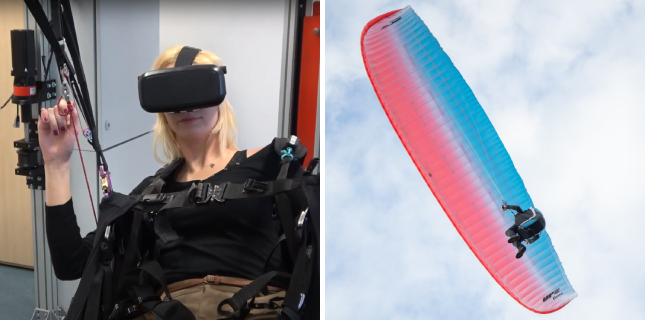
Heat Transfer
Based on our knowledge of heat propagation and numerical models, we are able to solve problems in a wide variety of industrial applications. Among the most requested applications is the shape design of the inductor used for induction heating or brazing. Based on the application, process parameters, and the location of the device in the production line, we design the shape and numerically test its functionality, which we then verify by experiment. In addition, we are working on hybrid heating - a combination of laser and induction heating. Typically, this is welding or 3D printing, where induction extends our process control capabilities.
Other interesting applications are indirect heating, where non-conductive materials (paints, varnishes, coatings) are heated by heat transfer from a conductive heated substrate, or the development of a burn prediction algorithm for an intelligent firefighting suit.
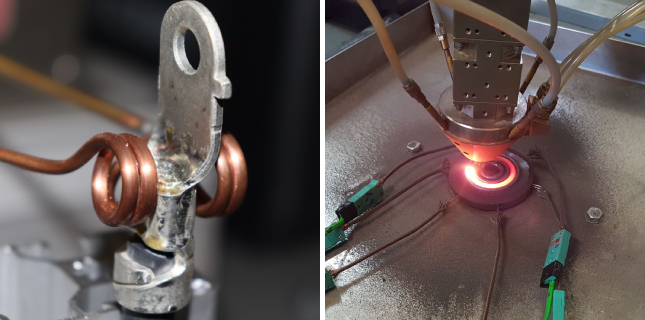
Software Development - Ārtap and Agros Suite
Ārtap is a Python-based software for the robust design of electrical machines and devices. It includes a variety of deterministic and stochastic optimization algorithms, sensitivity analysis tools, and DoE (Design Of Experiments). The software can simulate dynamic systems and reduce their order. Furthermore, it can use surrogate models and neural networks. Models and simulations can then be solved on the cluster.
Agros Suite is our in-house solution for modelling fields and coupled problems in 2D through a user-friendly environment. The software is based on a high-order finite element solver with high accuracy and automatic adaptivity. It includes basic optimization algorithms and allows parallelization on multiple cores. The software has already been installed by more than 45,000 users and is used at several universities, research centers, and companies.
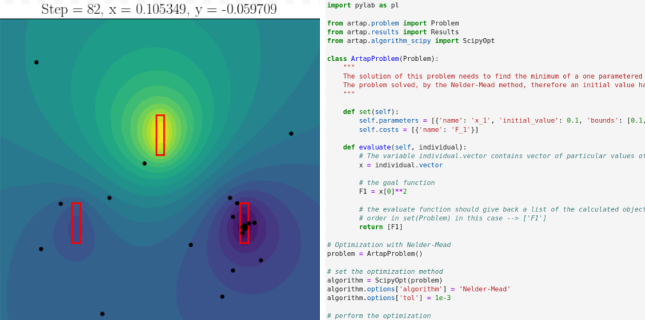
Elastomers
In this project, we study the properties of magnetorheological elastomers (MREs) and their possible applications. The material is formed by mixing silicones with ferromagnetic particles. The material is, therefore, highly elastic and magnetic. By adding additives to the silicone mixture, the mechanical properties of the silicone can be widely modified or completely changed. The magnetic properties can then be modified by the density of the ferromagnetic particles or their spatial orientation. One application is grippers or pumps that use both material properties to their advantage.
